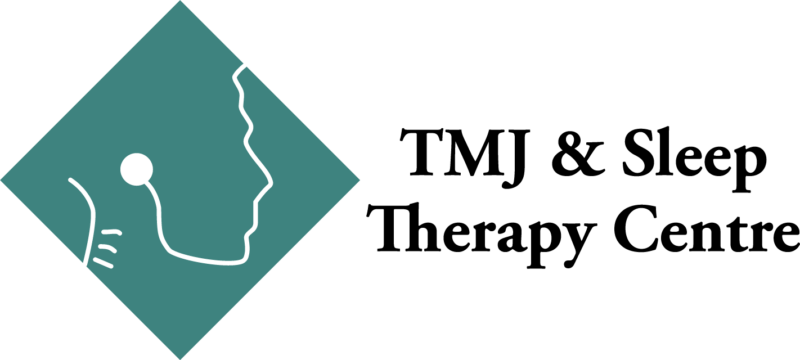I learned early in my career, from my mentor Dr. Steven Olmos, that “in a chronic pain situation, the site of the pain and the symptom is rarely, if ever, the origin of the problem.”
Millions of Americans suffer from pain in their head, neck or face. Many of them believe they have dental problems, or migraines, or something else related to the site of the pain itself. In an allopathic medical system such as ours, where doctors treat the symptoms that bring their patients in, the result is often the same: the apparent source of the pain is treated…to no avail.
That’s because the source of the pain is rarely where the pain is being felt.
It’s estimated that 10 million Americans suffer from disorders of the temporomandibular joints, or TMJ. These disorders are often mistakenly called TMJ, but that’s the name of the joints, one on each side of the face, where the upper and lower jaws meet. We call these temporomandibular disorders TMD.
TMD symptoms often include chronic, recurrent headaches and facial pain; pain in the ears; jaw, back, neck, shoulders and throat; ringing or buzzing in the ears; and clicking and popping of the TM joints.
The Heartbreak of TMD Pain
The pain we’re talking about is often life-altering. It limits the ability of those who suffer from it to enjoy aspects of life the rest of us take for granted. It wakes them up at night and leaves them fatigued during the day. It saps them of hope. They are desperate for a solution and have tried everything they can think of.
Here’s another aphorism I learned early in my career: 95 percent of successful treatment is an incorrect diagnosis. I call TMD “the great imposter” because it camouflages itself as many other things. That’s why diagnosis is so elusive. Nine of the 12 cranial nerves – nerves that emerge from the brain – flow through the TMJ and control the movement of 125 muscles in the human body. That is why TMD can masquerade as so many other conditions.
A Thorough Diagnosis
When we see a patient present with some of these symptoms, we do a thorough diagnostic workup. We examine the range of motion in their jaw and neck, evaluate all the anatomic structures of the head and face, consider their posture, and examine the nerves themselves, to rule out the existence of a tumor pressing on one. Employing a superior diagnostic tool called Joint Vibration Analysis, we check the function of the TMJ themselves, paying particular attention to the amount of friction as the bones get close. After all that, we may make a CD scan of the joint. Why such a thorough evaluation? The TMJ is extremely complex. When I tell a long-suffering patient I can help them, I want to be certain that I can help them.
Experiencing Immediate Relief
We often find that TMD is the origin of some, but not all, of the symptoms. Most patients arrive at our door with multiple systems compromised. We can treat the TMD non-surgically with orthotics to reposition the jaw. We might add trigger point injections to alleviate pain and inflammation. Many patients experience nearly immediate, significant relief of a wide variety of symptoms.
We often also refer the patient to other health care professionals for other issues as appropriate. The point is to avoid surgery, which has a poor track record of success.
Many people suffering a wide variety of symptoms would be surprised to discover that the source of much of their misery comes from their TMJ.inflam
And that relief isn’t far off.
